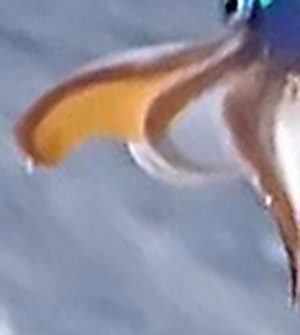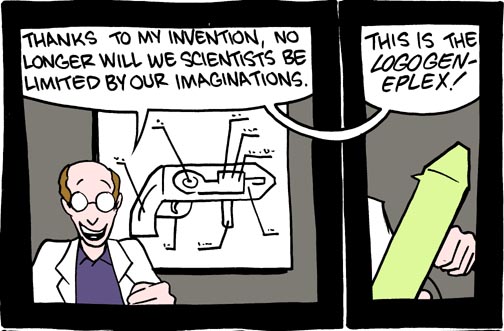A lot of people think science is soulless, sterile or austere in its objectivity; there’s a prevalent stereotype of the scientist as a lab nerd in a white coat, out of touch with the “real world” and with the more emotive aspects of life. That couldn’t be further from the truth, of course. Most scientists I know – me included - are motivated precisely by a profound wonder and amazement for the natural world around them; its usually why they get into science in the first place. When biologists go into the field, they often end up reconnecting with those feelings, established during their formative years, and end up resorting to a sort of childish state of pure joy over whatever biological phenomenon that they happen to be studying. I just had such an experience, one that was so extraordinary that it may well have changed the way I think about biology forever.
As part of the research program at Georgia Aquarium, we are in Mexico to study the biology of whale sharks, which gather annually in the coastal waters of Quintana Roo, from Isla Mujeres north and west to Isla Holbox. Its bliss just to be out on the water again (its been a while), admiring the everchanging seascape, marveling at the myriad forms of life that make their home in the ocean, and reminding yourself that the endless stream of doom and gloom news about “the environment” isn’t really the full picture. Flying fish skip from wave crest to wave crest, pursued by sinister-looking frigate birds that swoop in to grab them on the wing, while turtles lazily periscope their heads above the surface to spy on pods of spotted dolphins that race around as if there were somewhere important that they really needed to be.
In due time, we found our objective, a group of whale sharks feeding at the surface, attended by a flotilla of ecotourist boats. Each of our team had a chance to swim alongside these spectacular behemoths as they were cruising effortlessly among the boats and patches of food, at speeds that exhausted a mere human to match. We also photographed many of them for an identification database. Then we took some time to gather data on the physical and chemical properties of the water, during which the ecotour boats petered away, returning their cargo of tourists to their respective all-inclusives in time for lunch and leaving us with the whale sharks mostly to ourselves. They continued to feed, constantly inhaling bathtubs of plankton from the surface tension, their gills flapping loosely on the rejected water current like flags in a gentle breeze.
It was at this point that I got in the water a second time. Rafael, our captain and colleague from Project Domino, had put us on a large animal that was feeding below the surface in a more vertical pose than their normal surface “ram filtering” style. This more upright type of feeding, which they use when food is especially dense, sees their tail sink down towards the bottom and cease its rhythmic swinging and, hanging suspended like this, the animal begins to actively suck in enormous gulps of water. In this state I was able to approach the animal much more closely, a large male, and to see how each pulse of that fantastic mouth was pulling in not only water but tiny silver vortices of air down from the surface, such was the force of suction. He was suspended like this for what seemed like an eternity, but was realistically perhaps 15 or 20 minutes, during which he continued to feed and appeared completely indifferent to my presence. I was able to swim over every part of his massive frame and inspect every detail, from his tremendous girth to the creamy white belly distended with food, and from the remoras that pestered his every fin to the tiny copepod parasites grazing across his skin like herds of hoofstock might roam a savannah. His body was home to a veritable community of hangers-on. I watched his eye roll carelessly over me while he continued to inhale vast amounts of water and plankton, all of which disappeared into that cavernous mouth with its 20 jet-black filtering pads. We continued to dance together like this – or rather I danced around him - close enough that I could have reached out to touch him at any point, until with a tiny shake of his head and a hefty sweep of his tail he was done with the meal and headed off in search of another patch to vacuum, leaving me breathless from a cocktail equal parts exertion and exhilaration.

Back on the boat I did my best to relay to the others what I had just experienced. Despite apparently talking “a mile a minute”, I struggled to find the right words, but they were probably unnecessary anyway. Certainly everyone who had been in the water with the animals that day had experienced many of the same feelings, and I am sure they were writ large on my face (in big black and white spotted letters!). In swimming with this one particular animal, I experienced a profound connection with a truly spectacular natural phenomenon, one that will provide ample motivation to continue the search for a better understanding of the nature of such things, for long into the future. These are the moments that launch and tie together a career in biology, and that was the best one I have ever had.
 Wednesday, August 4, 2010 at 7:14AM
Wednesday, August 4, 2010 at 7:14AM 
















